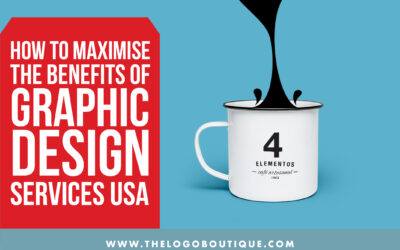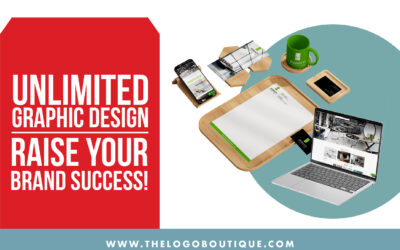THINK ABOUT YOUR AUDIENCE
In order to be effective, a logo needs to resonate with the audience. The tone of voice and design should reflect what you want for your blog in terms of content relevant topics so it can attract readers who are looking specifically at those types blogs or subjects rather than just finding any old thing on internet search engines like Google when they’re searching “logo.”
It’s important to think about who you want as visitors of your blog. What kind of people will be drawn towards the topics that interest or concern them most? You can try looking for identifying details about this audience, including their suspected demographics and hobbies:
-Age range (elderly persons might enjoy reading something geared toward seniors); -Classification/occupation status such as unemployed versus employed; Do some research on what kinds clubs exist locally where someone could potentially join if they had an interest!
The way you design your logo has a lot to do with what kind of content it will house. For example, if I wanted my blog about depression and mental health specifically targeted towards women in their 20’s – someone who may not be as exposed or familiar with these issues outside social media outlets like Instagram (even though they should definitely check themselves before going down that path) then something more minimalist would likely suit them better than one packed full colors & fonts onto themselves which could make people feel overwhelmed by all the information being thrown at them at once
There are many ways we can use our visuals strategically when designing logos but there’s no one “right” answer because every brand deserves individual attention.
CHOOSE A COLOR PALETTE.
When designing a website, it’s important to ensure that your colors are consistent with or complementary to the color scheme of blog and this includes logos as well. If you haven’t yet chosen an ideal theme for yourself then all power goes in vain; we can build our themes around what is already there!
However most bloggers do have websites up-and running which usually comes equipped (or using WordPress) from templates/themes where they’re not only given space but also guidance on how best display their company branding through visuals like fonts choices etc., so take these tips into account while building out new pages too.
A logo is more than just the colors it uses to create its design, but with so much power coming from each color choice there’s no doubt that some careful consideration needs be given before making any decisions. For example red can inspire passion and energy while blue reminds us of trustworthiness in an individual or service’s branding efforts – which mean you’ll want both for maximum effect!
You also need to be aware of logo color combinations that work well together and ones that don’t. Just like you want your branding colors, such as blue for trust or red with urgency (or any other), the same principle applies when choosing a complimentary set; they should complement each other both visually in appearance but also symbiotically – meaning one will help convey an idea while another strengthens it so their pairing makes sense from start-to finish without confusion about what message was meant by either element on its own. With all this talk about matching classic hues against modern trends there seems no end until someone proposes Coca Cola.
When deciding on your logo colors, opt for a total of 2 or 3 – any more than that and you’ll likely confuse the message with cluttered design. While it is true digital mediums like blogs allow for colorful logos to be used in their creation (and may even add some flair), if planning on branding offline too then make sure everything matches up properly from what we see here at ground level; this includes business cards/swag etcetera.
PICK THE RIGHT FONT.
The font is one of the most important parts about a blog logo, as it will be what attracts your audience’s attention. In order for them to keep reading or watching you’ll want something interesting and memorable that expresses their personality!
The most popular typeface for logos is Helvetica, but if you want to be creative and add an extra layer of uniqueness then it’s best not use this one. Other script fonts like Montserrat or Universe font work well with blogs as they give off fun vibes that will engage your visitors better than calm logo designs would do so try these out on yours!
When it comes to fonts, try not be overwhelmed. In general the more creative typefaces are hard for readers and logos will look less clear in those cases so take clarity into account when deciding which font is best suited for your blog branding needs
MAKE A FEW VERSIONS.
Now that you have a basic design set, take time to play around with different color palettes or font families. This will help make sure each element is working in harmony and synergistic relationship for maximum effect!
You can design a blog logo in different ways, depending on your preferences and the story you want to tell. Try designing four or five versions of it with text front and center for one version where the icon is placed right next to it; then switch up their positions! You might be surprised at how much more interesting this makes things seem when they’re not sitting off-center like before.
The dimensions of your logo placement area will depend on the hosting platform you use. Some platforms, such as WordPress and Blogger- simply state “center” or top right; however others allow for more customization like using an image as background which can make it larger than usual without compromising readability by placing text overtop! Take time before finalizing any designs so that each one has adequate resolution test fitted into them – this ensures good quality content images within logo regions too instead just ‘picked’ from generic settings found near all browsers (e).
Working closely with a custom logo maker online company like The Logo Boutique ensures that you get a masterpiece that reflects your brand and is in the right size, shape, visual appeal, and proportion. The logo designers know that an effective logo needs to be timeless, simple, appropriate, memorable, and versatile.


 Team of Graphic Designers
Team of Graphic Designers Team of Graphic Designers
Team of Graphic Designers

